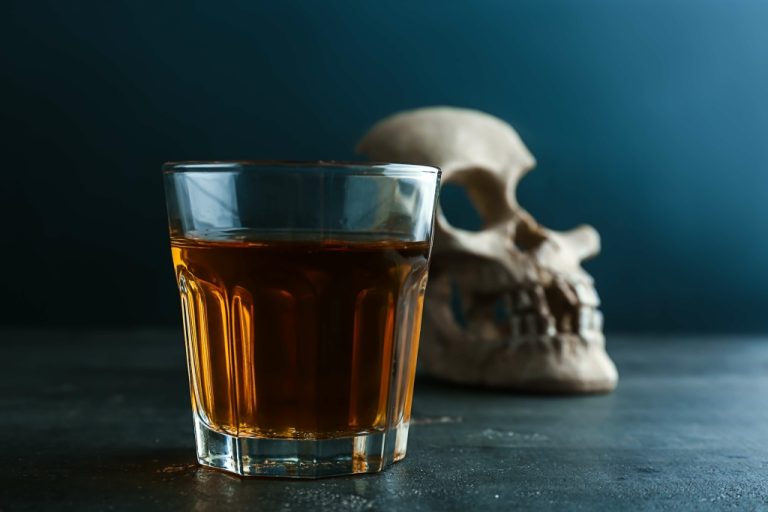Recovery and Recovery Support
Even with this availability, the research-to-practice gap continues in many settings, and implementation scientists continue to struggle to identity strategies for getting interventions with known efficacy into the hands of consumers who need them. Setting SMART goals in substance abuse recovery is a powerful tool for creating a roadmap to success. By making your goals specific, measurable, achievable, relevant, and timely, you can increase your chances of achieving lasting sobriety and overall well-being. Remember to personalize your goals, seek support from professionals, and celebrate your progress along the way. With determination, support, and SMART goals, you can create a brighter future free from substance abuse.
- Adjust your strategies based on your evaluation and identification of challenges.
- While citing statistics of the sheer volume of death related to alcohol use, there is a silver lining — no matter how severe the problem may be, most people with an alcohol use disorder can benefit from some form of treatment.
Goals and Objectives of Addiction Treatment
They provide motivation and focus, as the end timeline is a target to work towards. They track and monitor progress, ensuring recovery efforts stay on track. If you are new to sobriety, start small and focus on building a solid foundation in recovery. It’s okay to spend all your effort and energy in learning how to enjoy a sober lifestyle until you are ready to tackle other areas of your life. Not only do you want time parameters for measuring your goal (60 pounds in 12 months at five pounds a month), you also want to identify when you are going to start working on your goal. Plus, you will want to decide where you want to be at six weeks, six months, nine months, etc.
- A program with a longer term treatment protocol may view its primary responsibilities more comprehensively—to deal not only with the initial steps toward recovery but also with any other aspects of the client’s circumstances that may increase his or her vulnerability to relapse.
- We usually experience failures along the way, learn from them, and then keep going.
- These categories of interest in treatment are not necessarily separate in practice.
- At this point, you should have a fairly comprehensive list of specific, measurable personal recovery goals in order of priority that are both realistic and personally meaningful to you.
- For example, an addiction recovery goal that is relevant might be working out at a gym a certain number of times per week.
- Residential or inpatient treatments can be very effective, particularly for individuals with severe SUD and those with co-existing conditions.
- The client is treated as the expert in explicit and implicit ways (10 of 62 sources).
Setting SMART Goals
In addition to choosing the type of treatment that’s best for you, you’ll also have to decide if that treatment is inpatient (you would stay at a facility) or outpatient (you stay in your home during treatment). Your healthcare provider can help you evaluate the pros and cons of each. Overall, gather as much information as you can about the program or provider before making a decision on treatment. If you know someone who has first-hand knowledge of the program, it may help to ask about his or her personal experience. Some are surprised to learn that there are medications on the market approved to treat alcohol dependence.
Goal Setting in Addiction Recovery
The U.S. General Accounting Office (1988) reviewed 10 other surveys of employers from 1985 to 1989. None of them were representative samples, and most had low return rates similar to the Backer and O’Hara survey. Most companies indicated a willingness to refer current employees with positive drug screening results to a rehabilitation program on a case-by-case Top 5 Advantages of Staying in a Sober Living House basis, but there was no indication how often referral took place in practice. In 439 EAPs surveyed by Blum and Roman in 1984–1985, those with DSPs reported the same rate of drug-related referrals as those without screening programs. These DSP results are not necessarily representative of overall employee of applicant drug consumption patterns.

The treatment may last from 8 to 24 weeks and is often used as an adjunct therapy alongside other treatments, such as cognitive behavioral therapy (CBT) or 12-step programs. Now that you’ve generated your list of possible personal recovery goals, you may find you have identified several different areas you could choose to work on. It’s not unusual to have a handful or even a dozen or more possible goals to consider. This is part of AMA’s broader efforts to empower https://thesandiegodigest.com/top-5-advantages-of-staying-in-a-sober-living-house/ health care organizations to overcome key obstacles to accessible and equitable treatment for their patients’ behavioral, mental and physical health needs. Evaluate the coverage in your health insurance plan to determine how much of the costs your insurance will cover and how much you will have to pay. Ask different programs if they offer sliding scale fees—some programs may offer lower prices or payment plans for individuals without health insurance.
What if I’m still struggling to achieve my goals?
keys to success with value-based care pay arrangements
